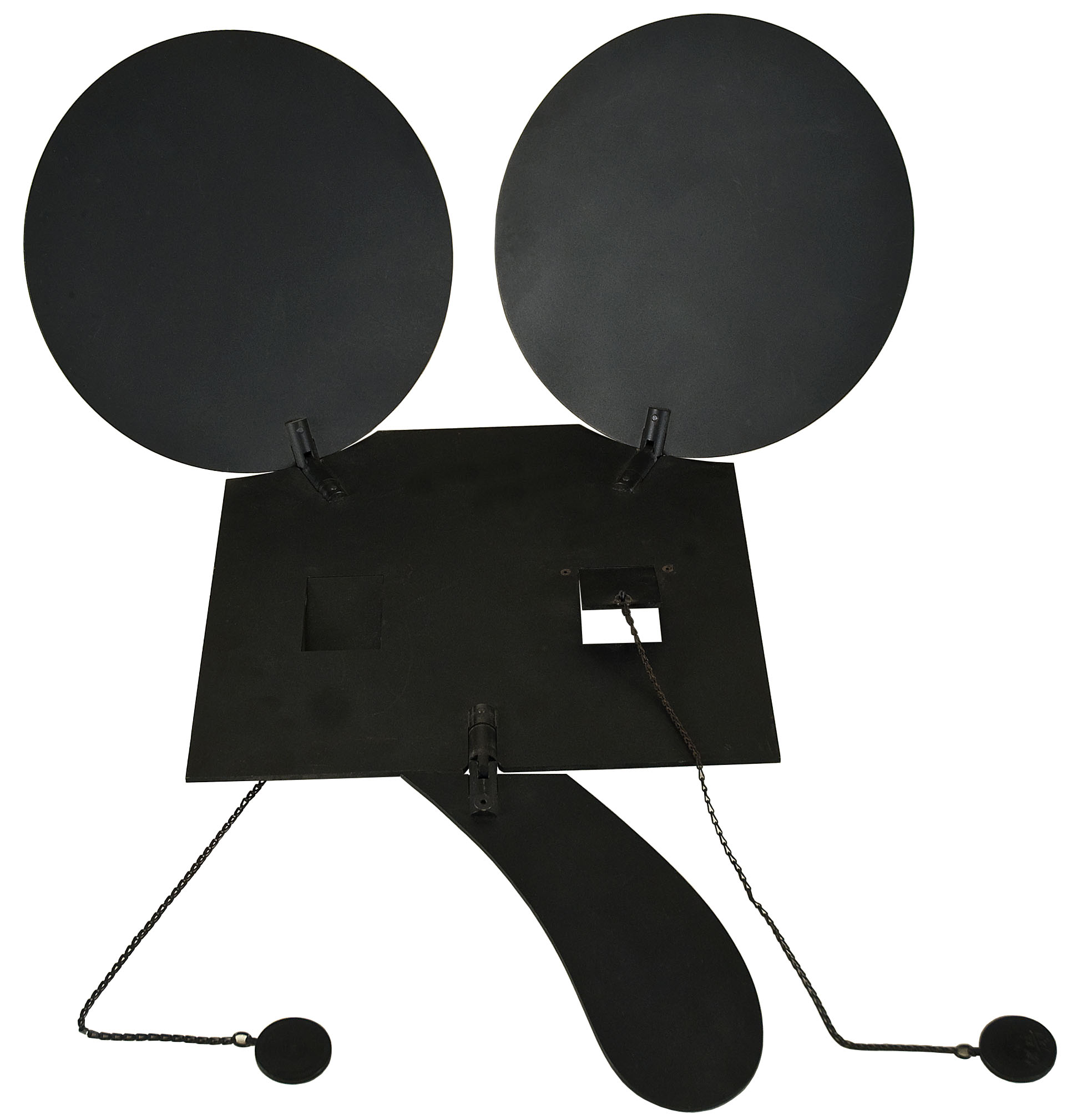WHAT IS A FINE ART CONSULTANT?
A Fine Art Consultant is a professional whose comprehensive knowledge within the field of art provides clients with the necessary insight and resources to meet their objectives. JFAi provides a wide range of consultative services including legal, economic, professional review, provenance disputes and authentication.
WHAT IS PROVENANCE?
The word provenance derives from the French provenir “to originate from” The provenance of a work of art is the chronological record of its ownership.
HOW is AN ARTIST IDENTIFIED?
Even for art experts, this is never a simple question. When little is known about the artist or provenance of a work of art, or sources are dubious, a significant investment of time is usually required to find the evidence necessary to identify an artist’s work. JFAi provides a range of services pertaining to authentication facilitation and provenance research.
WHAT IS A VALUATION PROJECT?
A project that includes a statement of value established through a comprehensive analysis of the market in which an object is usually sold. Additionally, the valuation is presented in a written document and will assume legal significance that may have to be defended in a court of law. A valuation is sometimes referred to as an "appraisal."
WHY IS THE PURPOSE OF THE VALUATION IMPORTANT?
The purpose of the valuation sets the value for the objects; for example, values include fair market value replacement value, marketable cash value, and liquidation value. Each value can be very different and is found in distinct marketplaces.
WHEN DO I NEED A VALUATION FOR A CHARITABLE DONATION?
Taxpayers wishing to receive an income tax deduction above $5,000 for art donated to charitable institutions are required to obtain a “qualified valuation” written by a “qualified appraiser.” A qualified appraiser is defined by the IRS (IRS Publication 561; 11/2013) as “an individual who meets all the following requirements:
Must have successfully verifiable education and experience in valuing the type of property being appraised, i.e., completed college or professional-level coursework relevant to the property being valued;
Has obtained at least two years of experience in the trade or business of buying, selling, or valuing the type of property being valued; and/or earned an appraisal designation from such professional organizations as the Appraisers Association of America;
Has earned an appraisal designation from a recognized professional appraisal organization or has otherwise met minimum education and experience requirements to be determined by the IRS in regulations;
Regularly performs appraisals for compensation;
Has not been prohibited from practicing before the IRS by the Secretary of the Treasury at any time during the three years preceding the conduct of the appraisal; and
Has not been excluded from being a qualified appraiser under applicable Treasury regulations.
In addition to defining a qualified appraiser, the IRS, under the Secretary of the Treasury, also provides a definition of what constitutes a qualified appraisal report submitted for a claim involving a taxpayer: An appraisal prepared by a qualified appraiser (defined previously) in accordance with generally accepted appraisal standards and any regulations or other guidance prescribed by the Secretary of the Treasury.
HOW OFTEN SHOULD I UPDATE VALUES FOR INSURANCE PURPOSES?
The current value depends upon the works that comprise the collection. Fine art insurers generally recommend updating values every 3 to 5 years. However, tracking values of high-net-worth works of art that may be more volatile in the marketplace may warrant re-appraisal every 2 to 3 years.
CAN THE VALUE OF A WORK OF ART BE DETERMINED FROM A PHOTOGRAPH?
The ideal situation in conducting the valuation starts with a personal inspection of the object(s). Concerns with condition, authenticity and age are not always apparent in photographs, and entities such as the IRS prefer that the appraiser personally inspects the works. Upon occasion, we are able to appraise work from a high quality photograph; however, when the appraiser cannot inspect the work firsthand, it is stated in the appraisal report as a limiting condition and extraordinary assumption.
WHAT IS THE DIFFERENCE BETWEEN FAIR MARKET VALUE AND REPLACEMENT VALUE?
Fair Market Value (FMV) or a Middle Second Market Value is defined by the IRS Tax Code, Section 1.170 and 20.2031(b), as “the price at which the property would change hands between a willing buyer and a willing seller, neither being under any compulsion to buy or to sell and both having reasonable knowledge of the relevant facts.”
Replacement Value (RV) refers to the price in terms of cash or other precisely revealed terms that would be required to replace a property with another of similar age, origin, appearance, provenance and condition within a reasonable length of time in an appropriate and relevant market.



